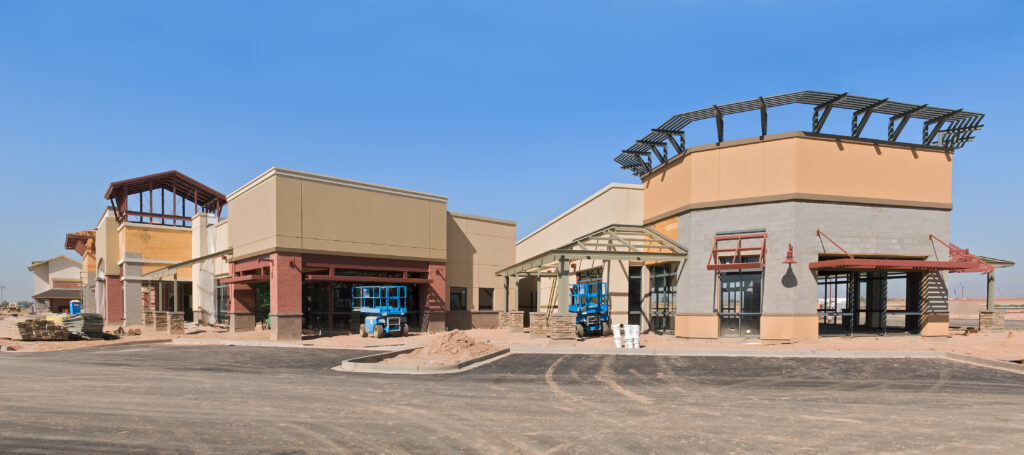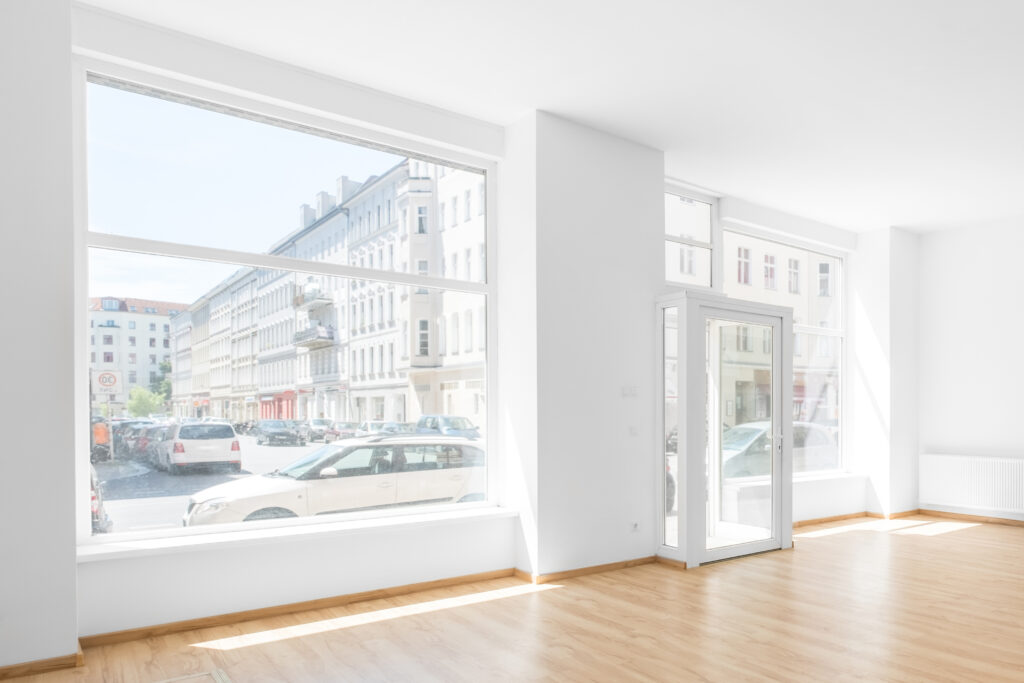
As a business owner, nothing is more exciting than opening a new retail location. It is an opportunity to start a new chapter or expand your brand. But before you sign the lease on a new place, consider the steps you must go through, particularly those involved with choosing the right location.
We’ve seen firsthand how the right location can set a retail store up for success. Below are the top factors to consider before choosing and opening up a new retail location.
Conduct a Market Analysis
A well-researched market analysis can help you better understand your future business location. You can discover more about the demographic makeup of your target audience through this research. You can identify what motivates their buying decisions, lifestyle preferences, and how your product fits into their daily lives. A market analysis can also help you discover valuable insights into your competitors and how they operate, their strengths, and potential gaps your business can use to its advantage.
Choosing an Accessible and Visible Location
Choosing the location for your new retail store is one of the most important decisions you can make. But, there is more to consider than which strip mall or main street is the busiest and best. You want your store to be both visible and accessible to patrons. A prime location balances high foot traffic with ease of access/accessibility.
Visibility is not just about foot traffic; it’s also about how easily your store can be found online. Google the area. What is the online competition like? Are multiple “running shoe” stores popping up within 10 miles? Integrating location-based SEO strategies in today’s digital age can enhance your store’s online visibility, driving both virtual and physical traffic.
Additionally, think about the physical aspect of visibility – can you see your storefront from the main road? Does it stand out from other shops in the same shopping mall? Finally, do not forget about accessibility. Sure, it’s great to have ample parking, but is your store easy to get into? Are there accommodations for those with disabilities?
Is The Location Scalable
Thinking ahead for the future can help you choose a great location should you have plans to expand. We aren’t suggesting taking a space larger than you need. Thinking ahead means finding a location with enough square footage for your current needs and future expansion. Can the current layout accommodate renovations to increase square footage? Is there an opportunity to break down walls to empty adjoining spaces? Don’t only focus on the overall size, think about how to utilize the space. What are your storage needs? Is the layout flexible enough to allow for more fitting rooms or additional merchandise displays? The best spaces are the ones that allow for flexibility for your current and future design needs.

The best spaces also allow integrations for technology upgrades. While historic buildings may be beautiful, some may not allow or be equipped to handle structural changes to accommodate advanced technology. Ensure your space can handle digital and sustainable advancements.
Understand Compliance and Zoning Laws
As mentioned earlier, some older or historic buildings may pose a challenge when it comes to certain upgrades and remodeling needs. However, understanding zoning and compliance laws is deeper than which upgrades you can and cannot choose.
Zoning laws and regulations dictate where, what, and how you can build. Work closely with a professional commercial construction team to help navigate the process of obtaining necessary permits, adhering to zoning laws, and ensuring that your building meets all safety and accessibility standards.
Consider Your Budget and Costs
A well-planned budget should include all initial costs and a safety cushion for future needs. Whether building a new retail location or renovating an existing storefront, there are many costs to account for. Consider the following in your budget:
- A project budget
- Utilities
- Maintenance costs
- Upgrades
- Additional operating costs
It’s not uncommon for a retail store to frequently change its layout, aesthetics, etc. Planning for these updates ahead of time can help you save in the long run, especially if you have an adaptable floor plan.
This includes selecting the right materials, efficient design layouts, and sustainable building practices that reduce long-term operational costs. Furthermore, we can help navigate financial planning aspects such as assessing tax implications, understanding financing options, and planning contingencies.
Choosing the right location for your new retail space requires detailed planning. From conducting a thorough market analysis to ensuring compliance with local regulations, each aspect is crucial in establishing a successful retail business. Division 9 Commercial Construction can guide and support you through this journey. Contact us to turn your vision of the perfect retail space into a reality.
